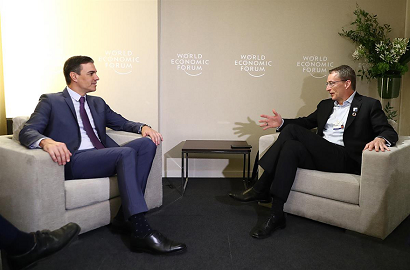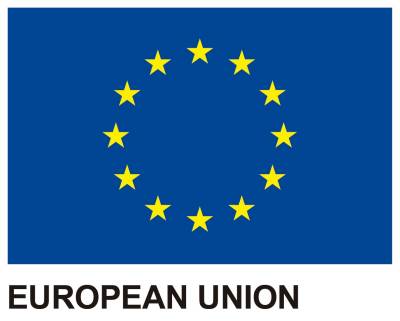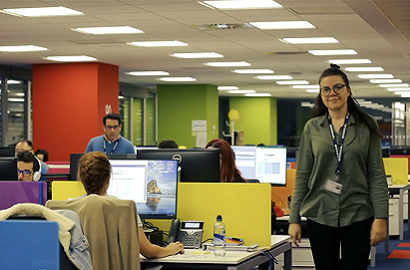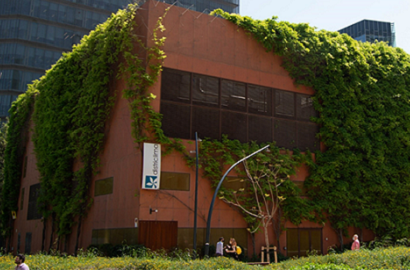Spanish microchip plan arrives with support from joint Intel-BSC laboratory

The Spanish Government and the US company are to invest 400 million euros over ten years
The latest Council of Ministers session in May approved the Strategic Project for the Economic Recovery and Transformation of Microelectronics and Semiconductors, known as the PERTE Chip, with the aim of developing the design and production capacities of the Spanish microelectronics and semiconductor industry.
Backed by a publicly-funded budget of 12.25 billion euros, the PERTE will cover the entire value chain from the design to the manufacturing of chips. Spain's First Vice-president and Minister for Economic Affairs and Digital Transformation, Nadia Calviño, explained that “it is probably the most ambitious project in the Recovery Plan,” not only due to the amount, but also because of the impact it could have on a European industry that is too dependent on other countries in terms of technology.
Meetings in Davos
Calviño chaired the Council of Ministers in the absence of Prime Minister Pedro Sánchez, who was at the Davos Forum (Switzerland). She held meetings with management bodies from large multinationals and explained the appeal of investing in our country to them. One of them was the CEO of the Intel Corporation, Pat Gelsinger (in the photo), and this was the meeting that resulted in the news that was later confirmed by the Barcelona Supercomputing Centre-National Supercomputing Centre (BSC-CNS) of tech giant Intel’s intention to support the PERTE Chip.
The BSC and Intel chose the setting of the ISC high performance computing conference in Hamburg (Germany) to announce their plan to create a laboratory that will be a pioneer in the development of a new generation of supercomputers that will break the zettascale barrier (a thousand times faster than the current ones). The joint laboratory will design microprocessors or chips with technology based on open-source RISC-V hardware.
Technology for export
This future laboratory will help Europe to become self-sufficient in these types of chips, which can be used worldwide in the design of self-driving cars or devices for artificial intelligence applications. For the start-up and operation of this laboratory, the US company and the Spanish Government will contribute, in equal parts, a total of 400 million euros in investment over the next ten years.
The BSC estimates that the laboratory will create 300 new and highly-qualified jobs, and that it will be an innovation hub that will attract new international investment. The laboratory will be located in Campus Nord at the Polytechnic University of Catalonia, where this institution’s own facilities are also located.
Solving the most challenging problems
Jeff McVeigh, vice-president and general manager of the Super Compute Group at Intel explained, “High-performance computing is the key to solving the world’s most challenging problems and we at Intel have an ambitious goal to sprint to zettascale era for HPC. The BSC-CNS shares our vision for this goal, with equal emphasis on sustainability and an open approach. We are excited to partner with them to embark on this journey.”
BSC-CNS’s collaboration with Intel began in 2011. Its director, Mateo Valero, highlighted, “We are very pleased that Intel has chosen BSC to create a research lab together that will be a world leader in chip design. One of the objectives will be for future European supercomputers, such as MareNostrum 6 within five years, and many others worldwide, to incorporate technology developed in this lab. The lab will in addition help create a hub for new companies and jobs.”
Photo: Pool Moncloa/Fernando Calvo




